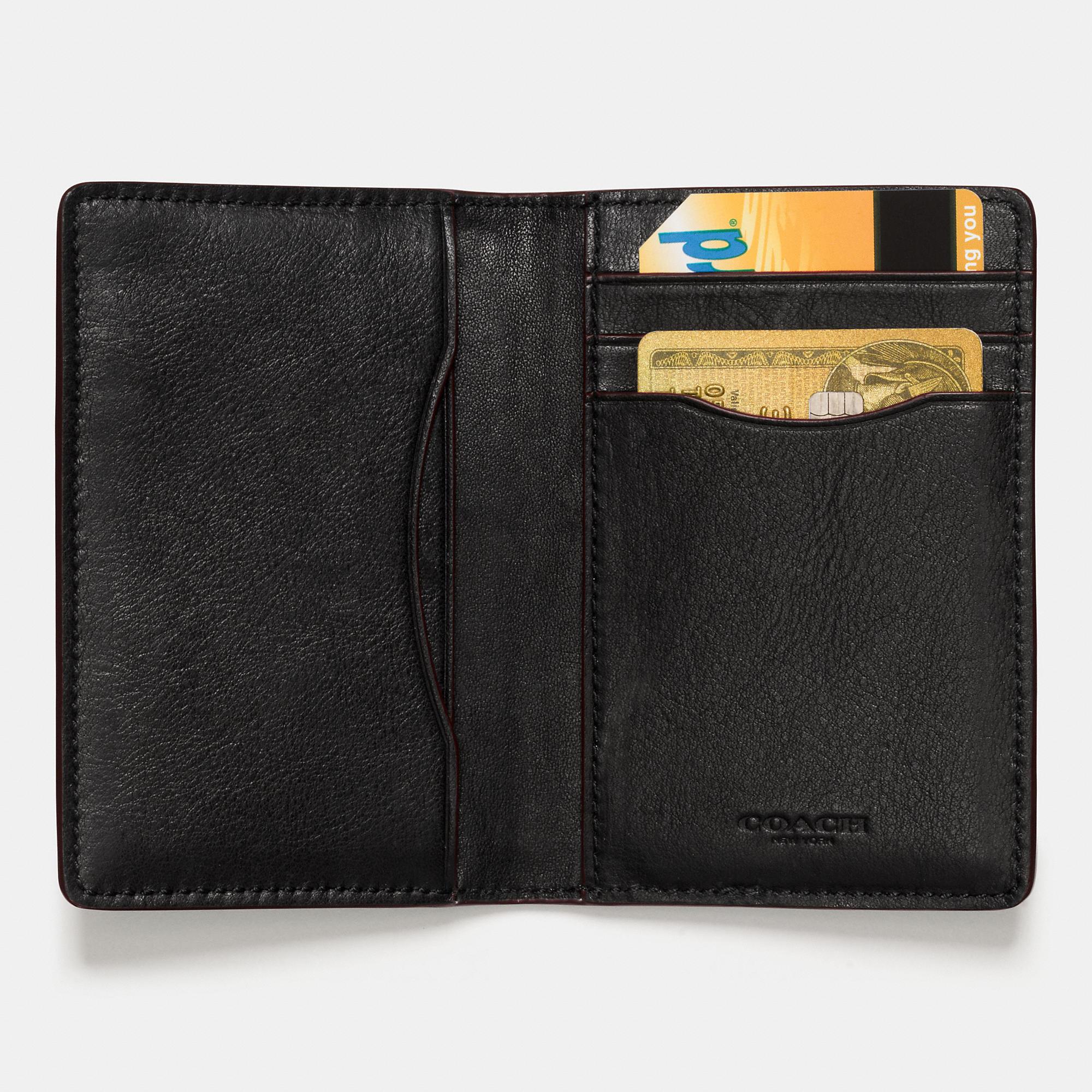

During this time, Coach was making $6 million in sales, and products were being distributed through the domestic wholesale channel, primarily in the northeastern United States. In 1979, Lewis Frankfort joined the company as vice-president of business development. Richard Rose joined Coach in 1965, and he is responsible for making Coach a household name after putting the product in department stores across the United States and abroad. Cashin also designed matching shoes, pens, key fobs, and eyewear, and added hardware to both her clothes and accessories–particularly the silver toggle that became the Coach hallmark–declaring that she had been inspired by a memory of quickly fastening the top on her convertible sports car. Cashin instituted the inclusion of side pockets, coin purses, and brighter colors (as opposed to the usual hues of browns and tans) in the products. Cashin "revolutionized the product's design," working as a creative head for Coach from 1962 through 1974. In 1961, Cahn hired Bonnie Cashin, a sportswear pioneer, to design handbags for Coach. The "sturdy cowhide bags were an immediate hit." Miles and Lillian Cahn bought the company through a leveraged buyout in 1961. Soon after Cahn developed this new process, Lillian Cahn suggested to Miles that the company supplement the factory's men's accessories business by adding women's leather handbags. Since the leather absorbed dye very well, this process also created a richer, deeper color in the leather. Attempting to mimic this process, Cahn made a way of processing the leather to make it stronger, softer, and more flexible. With wear and use, the leather in a glove became softer and suppler. During the early years, Cahn noticed the distinctive properties and qualities of the leather used to make baseball gloves. īy 1950, Cahn had taken over the company.

Miles and Lillian Cahn were owners of a leather handbag manufacturing business and were knowledgeable about leatherworks and business. King of Prussia Mall in King of Prussia, PAĬoach was founded in 1941 as a family-run workshop in a loft on 34th Street in Manhattan, with six leather-workers who made wallets and billfolds by hand.


 0 kommentar(er)
0 kommentar(er)
